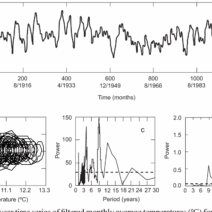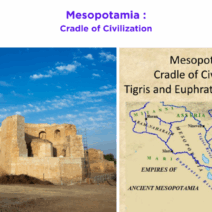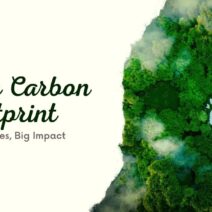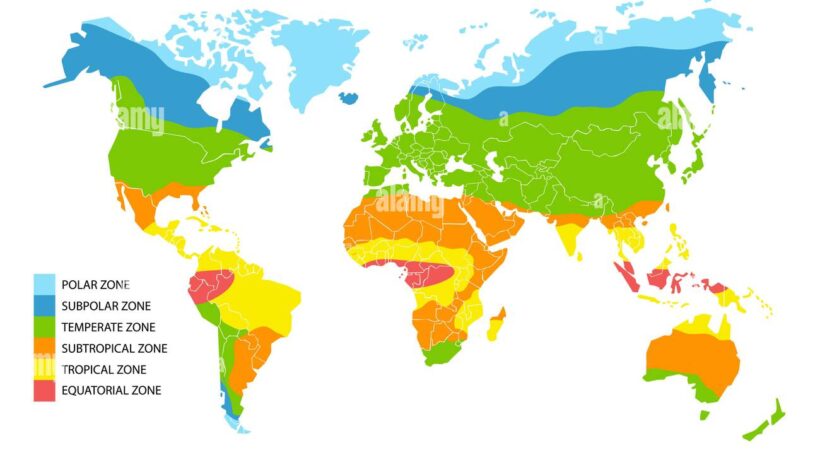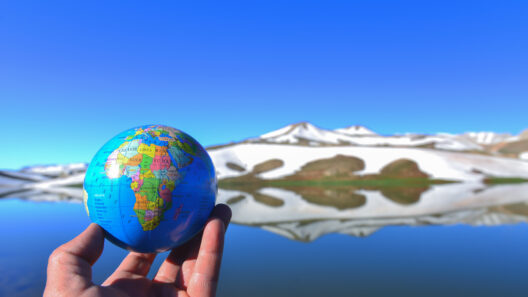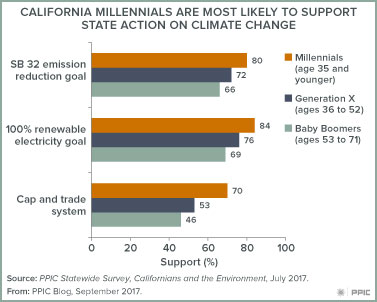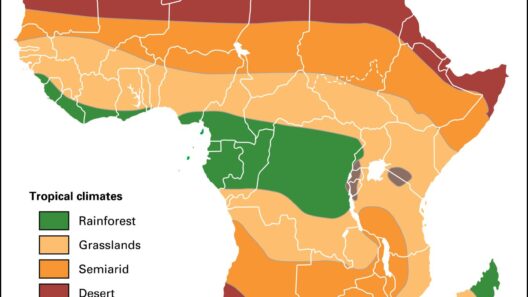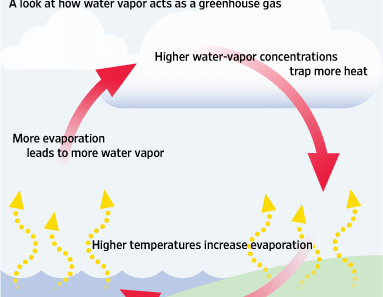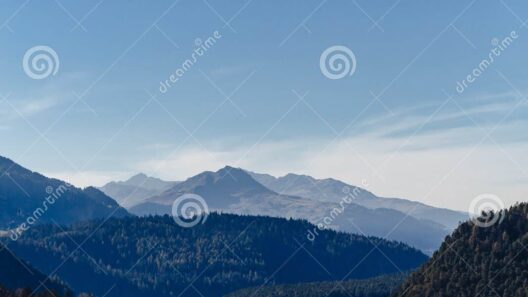In the grand tapestry of our planet’s climates, the extremely dry regions stand out as a testament to nature’s ability to sculpt environments that are as unforgiving as they are intriguing. Characterized by low precipitation levels, high evaporation rates, and a dearth of moisture, these arid expanses embody a paradox: life persists against all odds, and beauty thrives amid desolation. Welcome to the world’s harshest zones, where the relentless sun reigns supreme and each droplet of water is coveted like a precious gem.
To unravel the intricacies of an extremely dry climate, one must first consider the defining characteristics that set these regions apart. Typically, an area is classified as arid or hyper-arid when it receives less than 250 millimeters (about 10 inches) of rain annually. Under such conditions, drought-like landscapes emerge, sculpted by harsh winds that whisk away any vestiges of moisture. This phenomenon creates an echo of silence, as life adjusts to poignant scarcity. The stark beauty of these landscapes, often adorned with rugged mountains or expansive deserts, baffles the senses and ignites a longing for exploration.
Among the most prominent representatives of extremely dry climates are deserts. The Sahara, the largest hot desert in the world, encapsulates the quintessence of this climatic category. The relentless sun scorches the arid earth, producing a mirage of shimmering heat that seems to dance on the horizon. Life here is tenacious yet fragile; camels traverse the dunes, embodying resilience, while hardy flora such as cacti and xerophytes exhibit remarkable adaptations to conserve moisture. These plants, with their thickened skins and deep root systems, are poets of survival, celebrating existence in what many deem inhospitable.
However, the unique allure of dry climates extends beyond physical endurance. There exists a captivating paradox inherent in their desolation. The beauty of an arid landscape is often defined by its stark contrasts—the blushing colors of dawn as they spill across the barren terrain, the deep blue of an endless sky juxtaposed against the burnt oranges and browns of parched earth. The contrast between shadow and light creates a drama that is exclusive to these landscapes, urging us to reassess our notions of beauty and resilience.
Moreover, an examination of extremely dry climates necessitates an understanding of their ecological dynamics. The flora and fauna in these regions demonstrate a symbiotic approach to survival, showcasing an intricate web of interdependence. For instance, when precipitation arrives—often in the form of sporadic downpours—these ecosystems burst forth with life. The ephemeral wildflowers that emerge in the wake of rain act as a vivacious reminder of nature’s tenacity, while the diverse wildlife adapts their behaviors, seizing the moment to reproduce and thrive during the fleeting abundance.
Yet, addressing the realities of extremely dry climates means acknowledging the looming threats exacerbated by climate change. As global temperatures ascend, these arid regions face increasing desiccation, putting immense stress on already fragile ecosystems. The frequency of droughts is on the rise, and species that once flourished face the specter of extinction. The delicate balance that defines these climates is shifting, a siren call that implores us to re-evaluate how we perceive and interact with some of the world’s harshest terrains.
In the face of such challenges, one might wonder about the human presence within these arid domains. Communities living in extremely dry climates often exhibit remarkable ingenuity and resourcefulness. Traditional practices, such as rainwater harvesting and sustainable land management, illustrate humanity’s capacity to adapt. In regions like the Middle East and North Africa, ancient civilizations carved their existence from the desert, utilizing methods honed over millennia that emphasize harmony with the environment rather than domination.
Conversely, modern advancements pose both solutions and dilemmas. Sustainable technologies are emerging as bastions of hope, offering innovative methods of conservation and water management. For instance, the development of drought-resistant crops and water-efficient irrigation systems could spell salvation for local agriculture. Yet this progress comes with the caveat of requiring urgent global cooperation to ensure that the wisdom of traditional practices is not lost in the rush towards modernity.
In the realm of allure, extremely dry climates beckon adventurers and dreamers alike. The siren call of the vastness, the poignant sunsets, and the solitude inspire creativity and reflection. These landscapes often play muse to artists and writers, serving as backdrops for exploration of the human spirit. The desolate beauty of these zones challenges our understanding of what it means to thrive, beckoning us to reconsider our own resilience in the face of adversity.
Ultimately, the world’s harshest zones encapsulate a paradox of life itself: in scarcity, life persists, and in desolation, beauty flourishes. As we strive to understand and protect these fragile ecosystems, we must acknowledge their intrinsic value—not only as lifeless expanses but as profound representations of nature’s incredible tenacity. In the face of a changing climate, may we remember that these arid landscapes teach us lessons in resilience, adaptation, and the relentless force of life against all odds. Their stark beauty is a reminder that even in the harshest of environments, hope endures.
